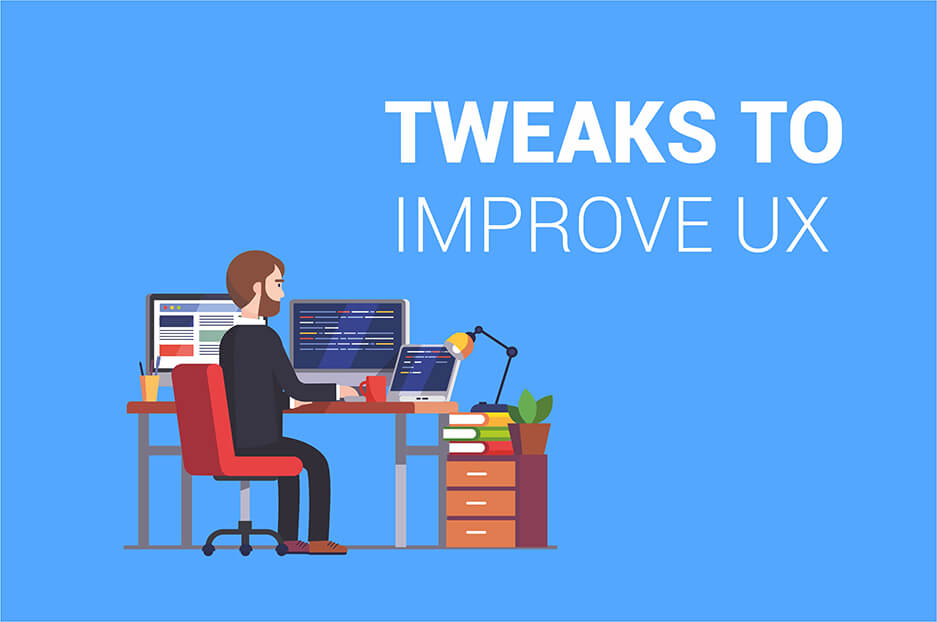As they say, there's no limit to perfection. If your business is presented online, its success depends on the interface look and functionality of your web resource. We gave you easy tweaks on how to make the landing page effective and how to improve the mobile shopping experience. Today we are going to give you some general pieces of advice, applicable to any website. These are a few easy tweaks that will improve user experience and encourage conversion.
Tips to Improve User Experience on Website
-
Put in case study what you can’t fit in testimonial
Practical examples are always more reliable than just bare promises. It’s important for users to read not just about what you can do, but what you have done as well. Besides having an information about your offerings, publish testimonials and case studies, as, for example, our case study, which we have posted in our blog. While testimonials have a very short form, additionally composing showcases allow to tell much more of how you or your company changed your clients’ business and life.
If your customer wants to be incognito, that’s ok, omit all personal names and identifiers. What the efficient case study should contain, though, is enough detail on the working process itself and the result obtained to show your contribution.
-
Make your contact information noticeable
Though the Internet gives us the possibility to share information virtually, people want to get the impression that behind websites stand real-world people. Put the physical address of your office along with a telephone number, e-mail, skype, etc. Your site visitors feel more safe and confident when they are sure that if something happens, they can easily reach you. So don’t hide your contacts as if you are not ready to communicate with your clients.
Many sites (ours, too) put a list of contact details at the page bottom and in addition make “Contacts” as on one of the categories on the bar that displays at the top of every site page, and leads straight to the convenient web form.
-
Repeat your call to action on long pages
Don’t be too obtrusive, but just let interested site visitors know that the thing or service they saw on your web resource and liked is available to purchase or offer and use by themselves. In long pages like those with blog posts, it’s easy to forget about CTA buttons and hyperlinks, but it’s important not to lose your users who are ready to convert.
-
Make navigation system intuitively understandable
When new visitors come to your website, they feel like they have come to a new town. They can be amazed by the beauty of architecture, but they will get a negative impression if they get lost in the mess of streets with a lack of signposts, doomed to run in circles and loose priceless time desperate to find a way to the place they need to be.
Unlike a town, however, site users can find a way out by closing a tab or a window and search a more convenient alternative among your competitors’ web resources.
So, your website should be easy to navigate through it. Use tips to improve website’s navigation. By making it intuitive and logical, you’ll avoid confusion and provide a positive user experience.
-
Set opening external links in a new tab
You probably have a few hyperlinks or buttons on your website that lead to third-party sources. If your server is opening them at the same tab, you make users leave your website. And if they will roam further within that external web resource, it’ll be hard for them to go back to your site. So, in order not to lose your potential customers, it’s better to force external links to open in a new tab or window.
Regarding internal links, you may set them to open wherever you want, depending on their importance. If you want to give some additional information, but you don’t want to distract from the topic that users are focused on, a new tab will be also fine. If your internal link leads to the next step of the purchasing procedure, etc., then it’s better to load it at the same tab. You should also care about having a convenient and thought-out navigation system on your website so that users can easily go back and forth to any other category, pagination page, or search box from any current page.
Conclusion
Little helpers force achieving big goals. We hope, these easy but important tweaks will contribute to your business success. If you have any questions, feel free to ask our Drupal development agency.

